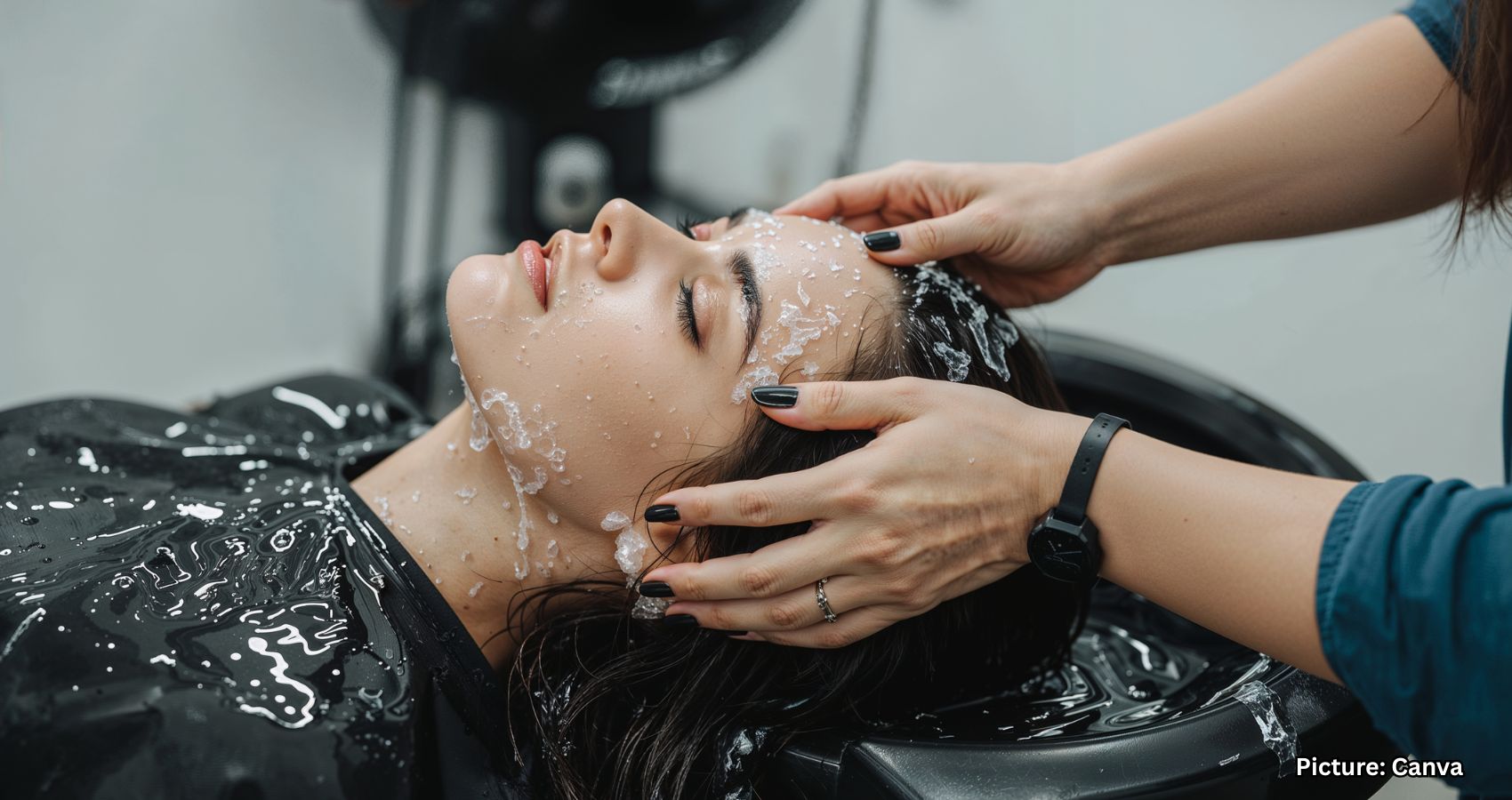Salon hair washing can pose a rare risk of stroke due to a condition known as beauty parlor stroke syndrome, which can occur from improper neck positioning during the process.
For many, a trip to the salon for a shampoo is a moment of indulgence and relaxation. However, for a small number of individuals, this seemingly harmless act can trigger a serious condition known as beauty parlor stroke syndrome (BPSS).
BPSS is characterized by stroke-like events that can occur when the neck is hyperextended or rotated during hair washing or similar activities. This positioning can lead to compression or even tearing of the vertebral arteries located in the neck.
The term “beauty parlor stroke syndrome” was first popularized in 1993 by New York neurologist Michael Weintraub, who documented five cases of patients experiencing symptoms after salon shampoo treatments. A recent review published in The American Journal of Emergency Medicine has identified 54 documented cases of BPSS over nearly five decades, compiled from 22 different studies. Among these cases, 42 originated in beauty salons, while eight occurred in dental settings, and four were reported in other contexts.
Notably, approximately 80% of those affected by BPSS are women, with ages ranging from teenagers to seniors. A 2018 review published in the Journal of Neurosurgery: Spine explains that BPSS occurs when the neck is held in an extreme backward or twisted position during a wash or treatment. This can stretch or compress the vertebral arteries that run along the spine to the brain.
In rare instances, such positioning can cause a tear in the artery wall, known as a dissection. This dissection may lead to the formation of a clot, which can obstruct blood flow to the brain. The same review also highlights that even minor structural issues, such as bone spurs (osteophytes) in the cervical vertebrae, can exacerbate compression and increase the risk of BPSS. Consequently, a simple tilt of the head can temporarily restrict blood supply to critical areas of the brain stem and cerebellum.
Symptoms of BPSS typically manifest during or within several days following the triggering posture. Common warning signs include dizziness, vertigo, neck pain, and visual disturbances. In more severe cases, individuals may experience weakness, numbness, or difficulties with speech.
Diagnosis of BPSS usually involves MRI or CT angiography to confirm the presence of arterial dissection. Treatment often mirrors that of other types of strokes, with doctors prescribing antiplatelet or anticoagulant medications. In some cases, vascular stenting or surgery may be necessary, according to medical experts.
Health researchers associated with the American Council on Science and Health in New York City emphasize that BPSS is exceedingly rare and primarily recognized through isolated case reports rather than extensive population data.
Despite its rarity, the Pro Beauty Association in Arizona recommends that stylists take precautions by providing neck support, such as rolled towels or cushions, and allowing clients to maintain a more upright position during washes. Experts also advise clients to communicate immediately if they experience any neck strain or dizziness during the process.
As awareness of beauty parlor stroke syndrome grows, both salon professionals and clients are encouraged to prioritize safety to ensure that hair washing remains a relaxing experience.
Source: Original article

